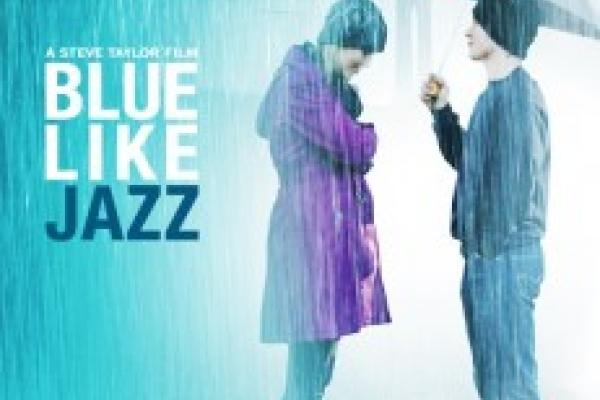Mar 28, 2012
I should recognize up front that I can hardly be considered a neutral party with respect to the Blue Like Jazz movie. First, I got to see a screening of a rough cut a few months ago, and then sit in on a podcast interview with Steve Taylor, the film’s director. I also got to meet Taylor, Don Miller and Marshall Allman at a screening in Colorado Springs, and I was invited with my wife, Amy, to write up the study guide that I posted earlier today.
When you get that close to a project, it’s hard to be objective. But people have been interested in my opinions both about the book and the film, so I thought I’d reflect on both a little bit.
Read the Full Article

Already a subscriber? Login
